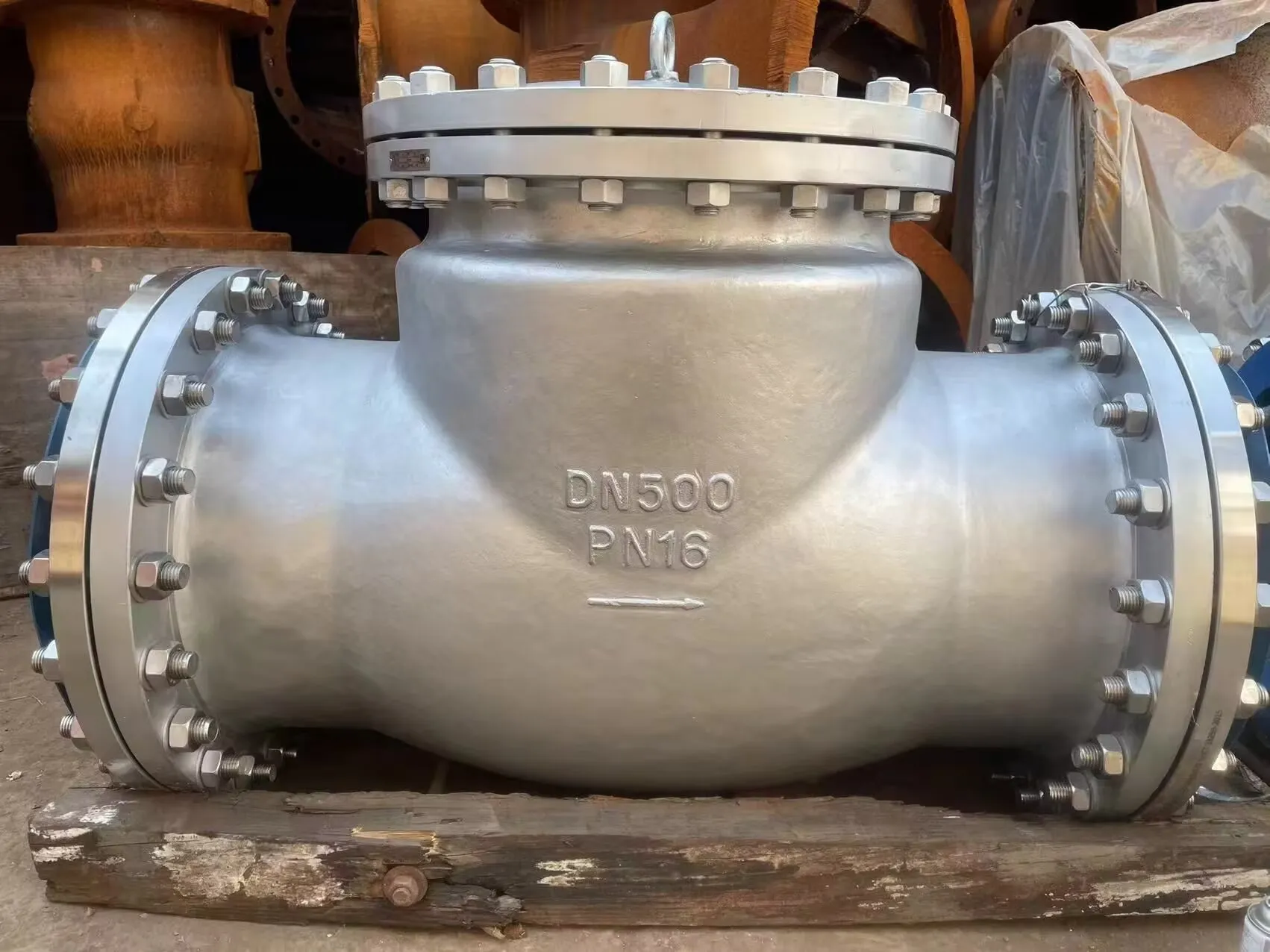water flow control valve types
Understanding Water Flow Control Valve Types
Water flow control valves are essential components in various applications, including irrigation systems, industrial processes, and household plumbing. These valves regulate the flow and pressure of water, ensuring systems operate efficiently and safely. Given the myriad of options available, understanding the different types of water flow control valves is crucial for selecting the right valve for specific applications.
1. Gate Valves
Gate valves are commonly used for on/off control of water flow. They have a wedge-shaped gate that either blocks or allows water to flow through the valve. They are ideal when a straight-line flow with minimal restriction is necessary and are often used in large pipelines. However, gate valves are not suitable for throttling purposes, as partially opened gates can be susceptible to wear and damage.
2. Globe Valves
Globe valves are designed for fluid regulation, allowing for flow throttling. The valve contains a movable disk that can be adjusted to varying heights to control the flow rate. They are highly efficient for applications requiring precise flow control, making them suitable for residential plumbing and industrial processes. However, globe valves tend to have a higher pressure drop across the valve compared to gate valves.
3. Ball Valves
Ball valves feature a spherical disc that rotates to either block or allow water passage. They are renowned for their durability and reliability, providing a tight seal when closed. Ball valves are suitable for applications requiring quick shut-off capabilities and are often used in both commercial and residential settings. Their ease of operation and low pressure drop make them a favored choice for various plumbing and fluid control applications.
water flow control valve types

Butterfly valves consist of a rotating disc that pivots within the valve body to control flow. They are particularly advantageous in large systems due to their lightweight design and quick operation. Butterfly valves can handle large volumes of water and are often used in water supply systems and wastewater treatment facilities. Their compact nature and cost-effectiveness make them a popular choice, though they are less effective in applications requiring precise flow regulation.
5. Check Valves
Check valves are automatically operated valves that prevent backflow in piping systems. They allow fluid to flow in one direction but close when the flow reverses, thereby preventing potential damage and contamination. Check valves are essential in any system where backpressure could occur, such as in pumps and heating systems. There are various types of check valves, including swing check valves and lift check valves, each serving a specific purpose based on the application.
6. Pressure Relief Valves
These valves are crucial for maintaining safety in water systems. Pressure relief valves are designed to release pressure when it exceeds a predetermined limit, protecting the system from potential failure or burst pipes. They are commonly used in boilers, storage tanks, and various industrial applications, ensuring that excess pressure does not compromise system integrity.
7. Solenoid Valves
Solenoid valves use an electromagnetic solenoid to control flow. They are ideal for automatic control of liquids or gases in various applications. Solenoid valves are widely used in irrigation systems, water treatment, and industrial automation due to their swift response times and remote control capabilities. They can be designed for normally closed or normally open configurations, offering versatility in flow control.
Conclusion
Water flow control valves play a pivotal role in managing water and other fluids in numerous systems. Selecting the appropriate valve type depends on the specific needs of the application, including factors such as flow control, pressure requirements, and the nature of the fluid being managed. Understanding the different types of water flow control valves—gate, globe, ball, butterfly, check, pressure relief, and solenoid—ensures that you can make informed decisions tailored to your operational demands. With the right valve in place, systems will operate more efficiently, safely, and reliably.
-
The Key to Fluid Control: Exploring the Advantages of Ball Valves in Industrial SystemsNewsJul.09,2025
-
The Versatile World of 1, 2, and 3 Piece Ball ValvesNewsJul.09,2025
-
Stainless Steel Ball Valves: The Ideal Choice for Efficient Flow ControlNewsJul.09,2025
-
Optimizing Fluid Control with Ball Float ValvesNewsJul.09,2025
-
Manual Gate Valves: Essential for Control and EfficiencyNewsJul.09,2025
-
Everything You Need to Know About Butterfly ValvesNewsJul.09,2025
-
The Versatility of Wafer Type Butterfly ValvesNewsJul.08,2025




